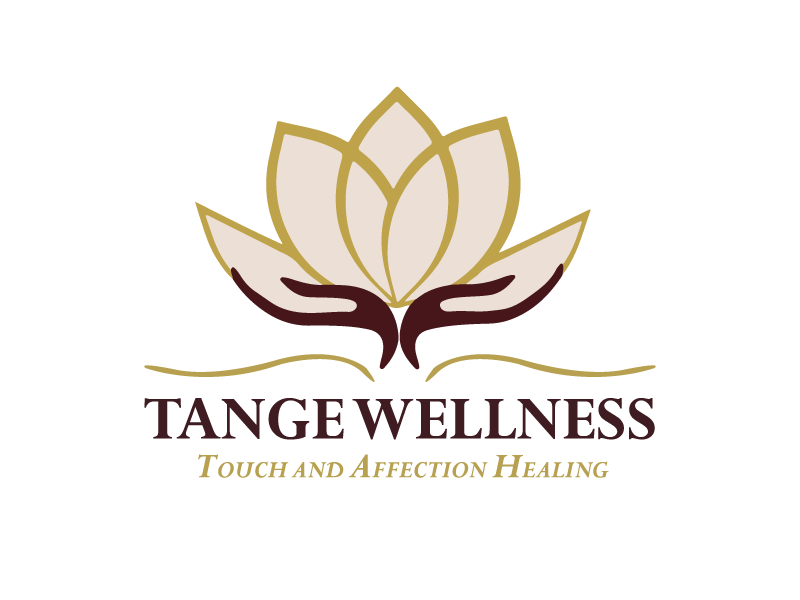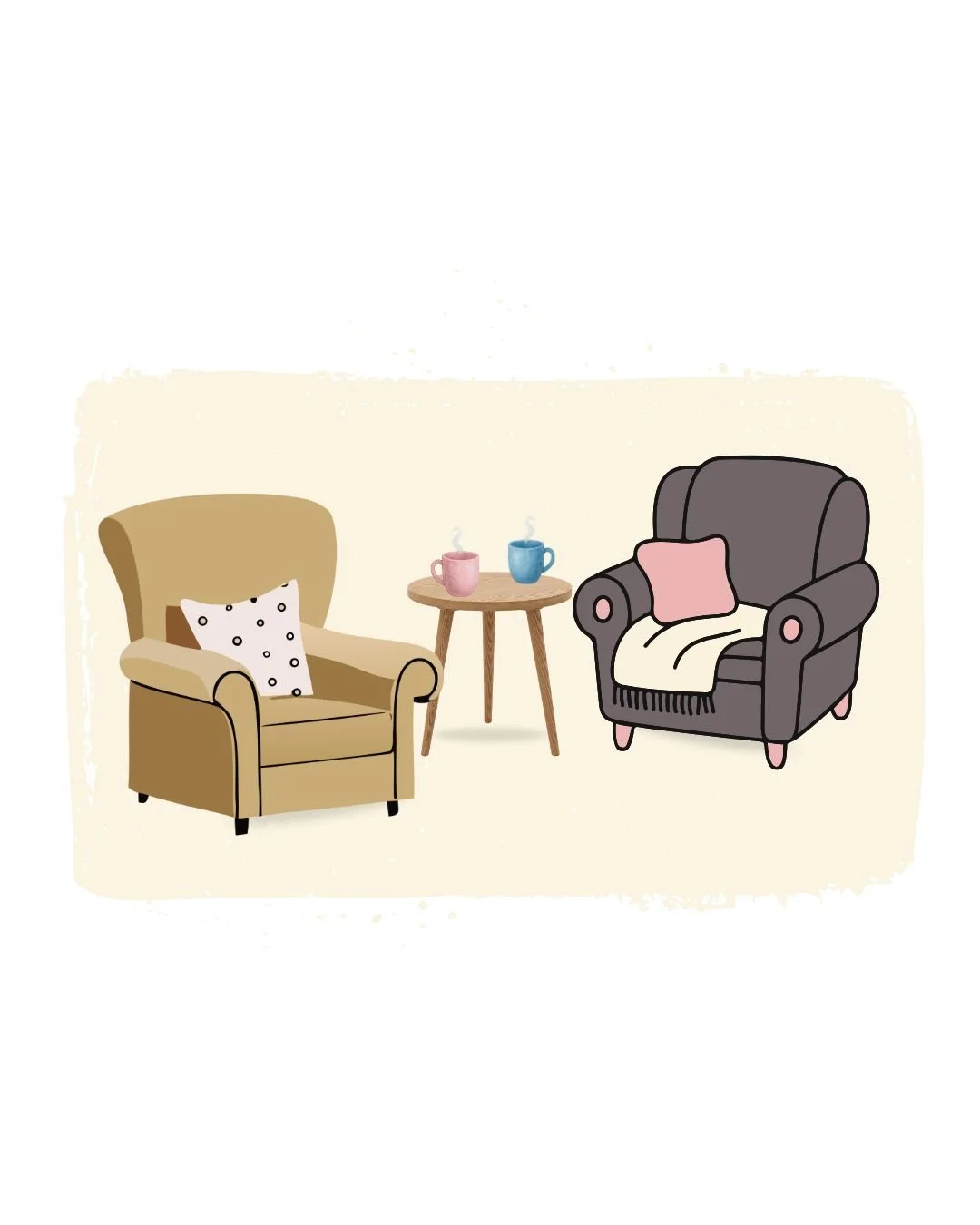Holidays can be tender when you are single, child-free, or your kids are with their other parent. You are not broken for feeling lonely on Thanksgiving. Here are gentle ways to ask for company, craft a meaningful solo day, and get support without pressure.
What It Feels Like to Live Without Affectionate Touch
There’s a kind of loneliness that doesn’t show up in your calendar. You can be busy and still feel untouched. Safe, pressure-free affection is fuel for your soul. When your body goes too long without it, your nervous system adapts by armoring up. With slow, consent led touch, that armor can soften until you think, “Oh. This.”
Turning Consent Into Calm
Have you ever thought how wonderful it would be if you had a map for touch, such as a few phrases, and permission to go slow? I’ve created exactly that. Use these scripts, timers, and micro-practices to turn consent into calm.
What the Latest Research Suggests About Consent-Centered Touch
Ongoing consent, clear roles, and paced touch help the nervous system settle. When the body knows what is happening and why, it can stop bracing and start receiving.
7 Myths About Cuddle Therapy (And What Actually Happens)
If you’ve ever been curious about cuddle therapy but held back because of something you heard, you’re not alone. Most people who reach out to me start with, “This might be a dumb question, but…” (spoiler: it’s never dumb).
What New Research Reveals About Professional Cuddling
Consent leads every step of a professional cuddle session. New research on professional cuddling shows how clear expectations, ongoing inquiries, and kind “no’s” make platonic touch healing and safe.
How My Clients Go From Tense & Touch-Starved to Calm, Connected & Confident
What does it actually look like to heal through mutual touch? In this final part of the series, I walk you through my signature framework and how it helps clients rebuild trust, soften shame, and reconnect with their bodies on their own terms.
Touch Deprivation Is a Public Health Issue Here’s What We Can Do About It
Do you know what’s as damaging to your health as smoking? Loneliness and lack of safe, nurturing touch. It’s time we treat safe, consensual touch as a necessity and not a luxury to combat the rising epidemic of disconnection,










